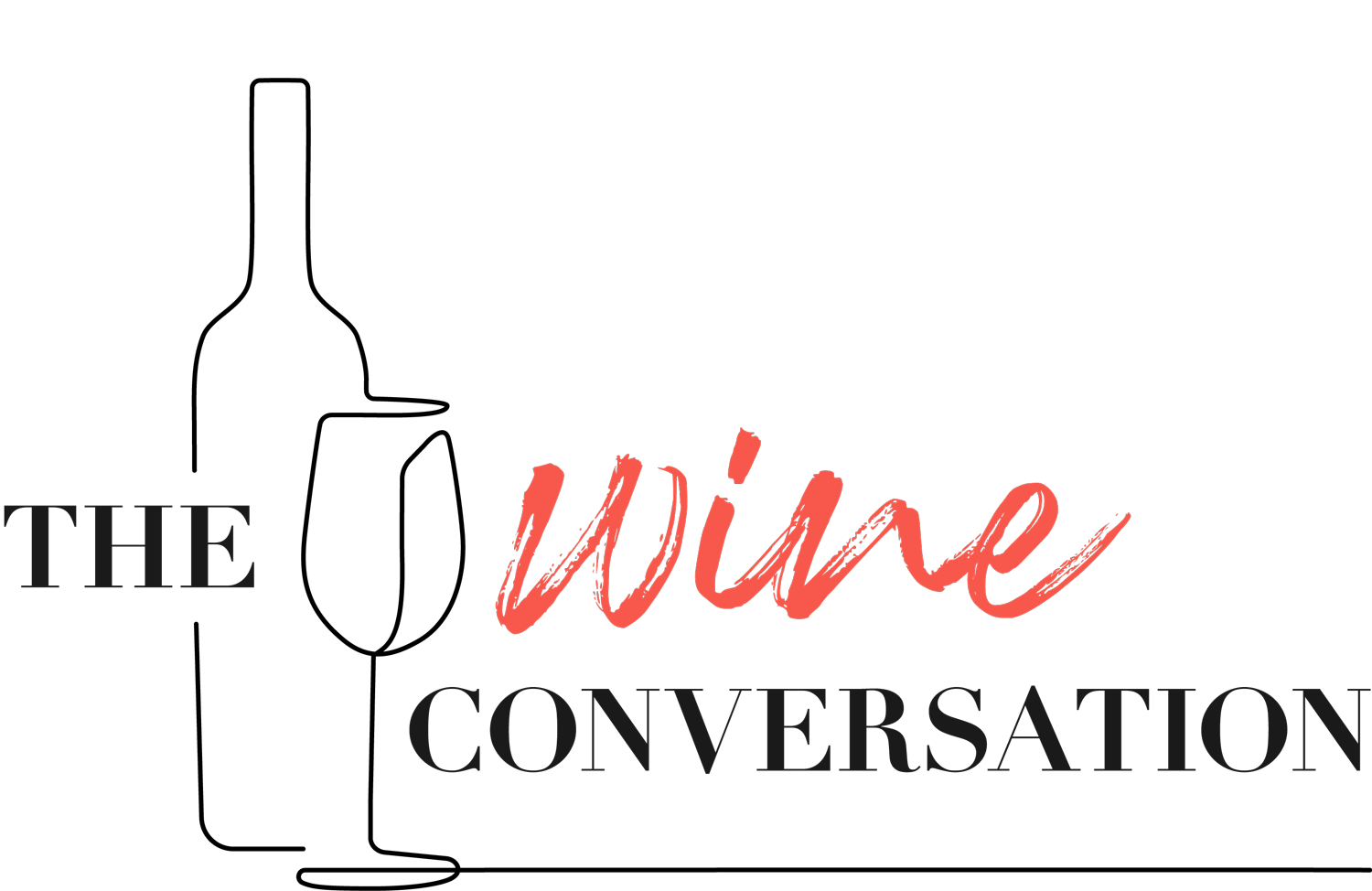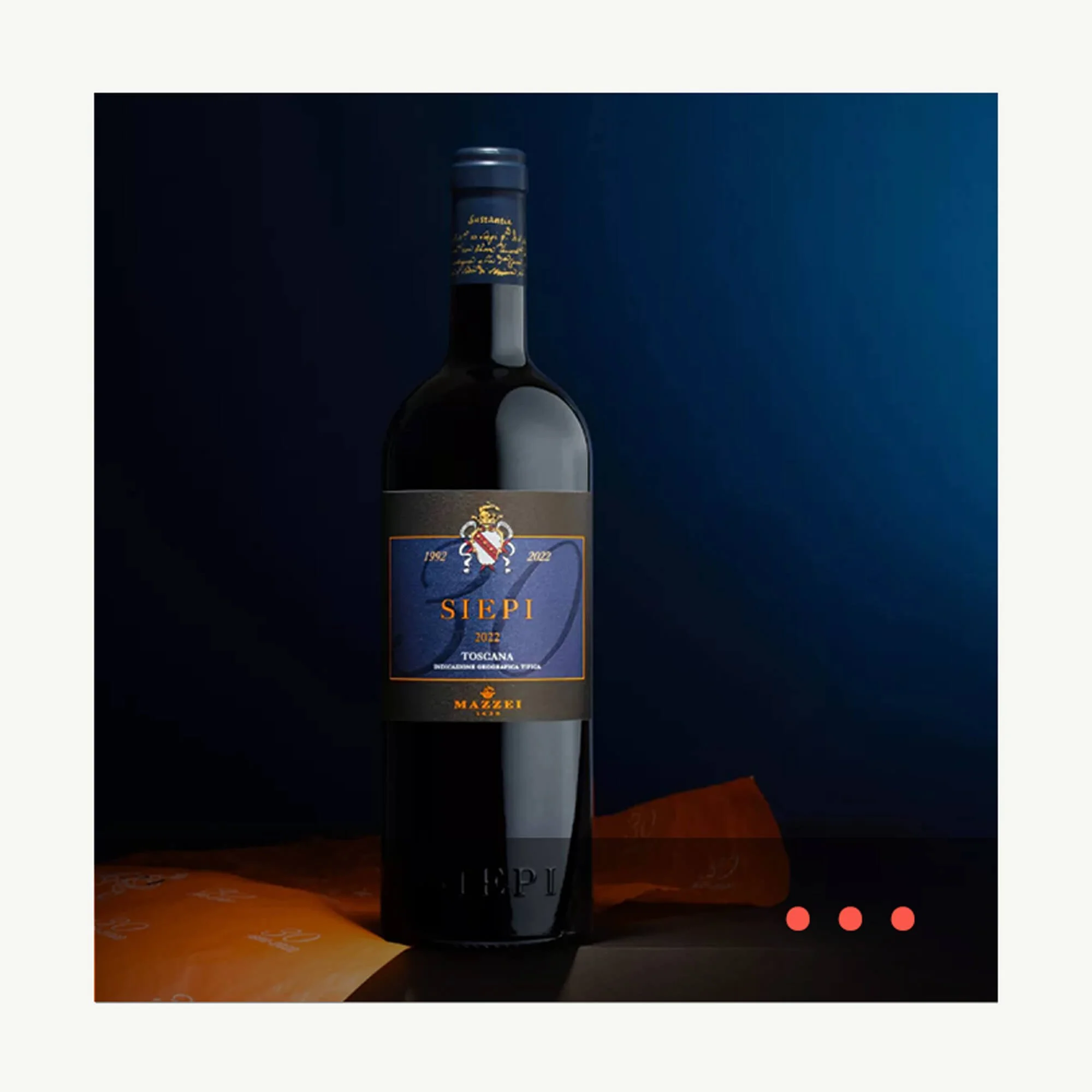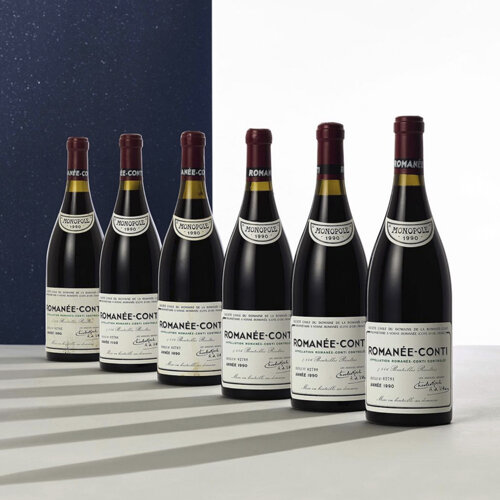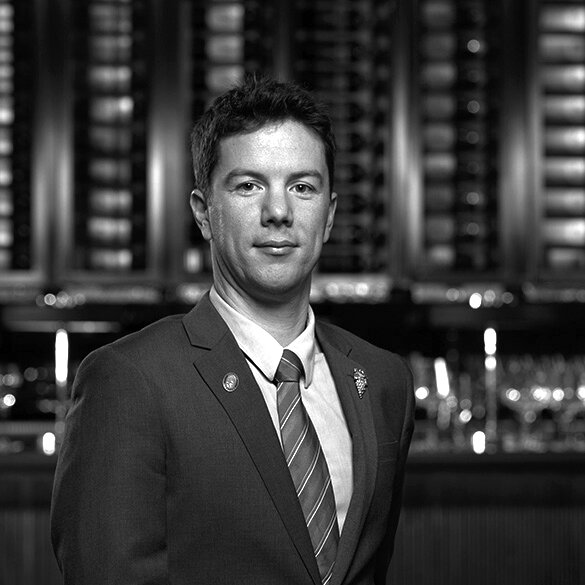▻ Omnibus Fifth Edition
This article has been updated with additional content 18.6.21.
Episode Summary:-
Bees in bonnets, bees in vineyards – Omnibus 5 is buzzing! Elin McCoy explains how the latest research shows that having bees in your vineyard can lead to better wine. John Stimpfig talks to Alder Yarrow of Vinography about his particular annoying bee, wine aerators, which he says “are a scourge on the face of the wine industry, a complete and utter waste of money.” Not to be outdone in being agitated, John then explains why a new wine cellar that uses an AI robotic sommelier costing US$179,000 has gotten his goat. In calmer waters, Sarah Kemp talks to the award-winning sommelier Terry Kandylis about Greek wine, which both of them believe offers terrific value for money for fine-wine lovers. Plus. all the latest news, including the devastating frosts in Europe, Sotheby’s report on who is buying what, and Bordeaux’s first cannabis-infused wine (as yet no report on whether the bees or critics like it, but we’ll stay tuned in to find out if anyone’s turned on).
““They prey on the insecurities of those approaching wine who believe that somehow that they are not getting everything out of wine that they could” ”
Running Order:-
-
0.00 – 6.30
“More than 100,000 ha in France have been hit by this frost”
John Stimpfig discusses the latest news from the wine world. The major story of the last month is the devastating frosts which took place in Europe the first week of April, when temperatures fell to minus 6-7 degrees Celsius. 100,000 hectares of vines were affected, and the financial loss is predicted to be 1.6 billion euros. France was very badly hit, with many producers losing their entire crop, while there was also frost damage in Italy and Spain. -
6.30 – 10.06
“Sotheby’s are encouragingly seeing a younger age group of buyers”
Sotheby’s have just released a report which shows that the demographic of their buyers is changing. 65% of their customers came from Asia, mainly Hong Kong, and the report also notes they are becoming younger. For the eighth year running, Domaine de la Romanée-Conti has topped the bidders’ wish list, with Sotheby’s selling US$20-million worth, seven times the amount of the next seven wines on the list combined. -
10.07 – 15.34
“For that amount of money you could probably hire a full time human sommelier, which would be much more rewarding and useful”– John Stimpfig
Rafael de Pablo, a hemp farmer, has just launched Bordeaux’s first cannabis-infused wine, reports John. It is called Burdie W –Burdie after Burdigala, the Roman name for Bordeaux, and W for weed. (Possibly could have been helpful before John reviewed the new robotic wine cellar which uses an AI sommelier from Winecab, which costs US$170,000, no wine included. John is not impressed.) -
15.32 – 37.30
“Assyrtiko is something between Riesling and Chablis in terms of style.”– Terry Kandylis
Sarah Kemp talks to Terry Kandylis, former UK Sommelier of the Year, and previously Greek Sommelier of the Year, about Greek wine. Terry describes two of his favourite grapes, Xinomavro and Assyrtiko. He explains how Xinomavro’s style falls between Pinot Noir and Nebbiolo, while Assyrtiko is between Riesling and Chablis. Sarah and he agree that the top wines offer terrific value for money, and also how people are surprised that many of the top producers’ wines are under 13% alcohol. He talks about stylistic differences in various regions, and which producers and vintages he recommends. (For a list of the producers see notes below.) -
37.40 – 48.41
“Wine aerators are a scourge on the face of the wine industry and a complete and utter waste of money.” – Alder Yarrow
John Stimpfig talks to Alder Yarrow of Vinography, one of the wine world’s most highly rated wine blogs; he is also a columnist for jancisrobinson.com. They discuss a recent blog he wrote about aerators, which he believes “prey on the insecurities of those approaching wine who believe that somehow that they are not getting everything out of wine they could.” Currently, US$340-million is spent on wine aerators a year, and if current trends continue, it is forecast to rise to US$600-million by 2030. Alder talks about his favourite ways to let wine breathe and names Sangiovese and Orange Wine as two wines which benefit from the simple method of decanting. -
48.42 – 64.00
“Bees are helping to create this entire ecosystem that is allowing vines to thrive better.” – Elin McCoy
Elin McCoy investigates bees in the vineyard, and looks at the science behind the research which says they help make better wine. She explains that bees are under threat and that they directly and indirectly affect everything we eat and drink. (Three out of four crops across the globe which produce fruit or seeds for human consumption depend on bees pollinating.) While bees don’t actually pollinate vines, which are self-pollinating, they play a part in vineyard health by making the cover crops richer and more diverse. Elin explains that at Chene Bleu, the estate owned by Xavier and Nicole Rolet in the south of France, they noticed that the vines which had hives nearby had more wildflower life and higher yields of grapes. This observation led to them setting up crowd-funded research to understand the effect bees have on vineyards and the quality of the wine produced. That research is showing that the richer the micro-biome is, the more complex and interesting the wines can be.
RELATED POSTS
Keep up with our adventures in wine
Further information:-
The wine cabinet with an AI robotic sommelier
Chene Bleu’s crowd-funding for bee research in the vineyards
Terry Kandylis’s recommended producers:
Assyrtiko producers:
Argyros (early picked/sharp style)
Karamolegos (somewhere in between Argyros & Hatzidakis)
Vassaltis (fruitier styles)
Hatzidakis (textured & richer styles)
Xinomavro producers:
Alpha Estate in Amyndeon (cuvee Barbagiannis)
Chatzivaritis Estate in Goumenissa
Karydas
Diamantakos
Dalamaras
Thymiopoulos
Kir Yianni cuvee Ramnisa
Fountis
Rapsani producers:
Dougos
Apostolis Thymiopoulos
Update: Busy bees in France and Italy
In Omnibus 5, our U.S. correspondent, Elin McCoy, reported on a growing and positive trend – beehives in vineyards. We learned that 3 out of 4 crops that produce fruit or seeds for humans depend on bees, and that the health of hives is a good indicator of the health of vineyards where they’ve been introduced – through vines are self-pollinating, bees greatly aid the growth of many beneficial plants. Bees are also under threat, with their populations declining because of pesticides and pollution, so this initiative benefits them as well as us.
Elin told us that at Chene Bleu winery in Provence, which is farmed biodynamically, Xavier and Nicole Rollet introduced beehives, and saw the quality of grapes improve; they then crowd-funded research to study long-term effects on yields and quality; their fund-raising goal was quickly over-subscribed. Now further research will be done at the UNESCO Mount Ventoux Biosphere and Avignon University.
Meanwhile, we signed up for the newsletter from Gaja in the Piedmont in Italy, and there were more bees: the Gaja family has launched an ambitious program of introducing bees to their vineyards, based on a study from the University of Pisa, which found a level of biodiversity that was four times higher with bees than in conventional vineyards, and that the variety of healthy flowers can prevent the growth of harmful weeds.
They began with 12 beehives in one of the Barbaresco vineyards, and the results were so promising that the project has now grown to 80 beehives in seven different vineyards in the Piedmont area; on the newsletter website, you can see the results – healthy vines in what looks like flower gardens. In the Summer, the bee population grows to 60,000 undoubtedly very happy bees. (An added bonus – three honey harvests a year.)
The project has been so successful that the family also established hives in their vineyards at Brunello di Montalcino, in Tuscany, bringing in local beekeepers. They’ve also created a “library of honey vintages” – as they say, “for the joy of tasting a new expression of vineyards.”
For further information, both wineries have excellent websites: Chene Bleu, Gaja
Brian St. Pierre











Take a deep dive into Chile with our Founding Sponsor Santa Rita Estate’s viticulture manager, Gerardo Leal.